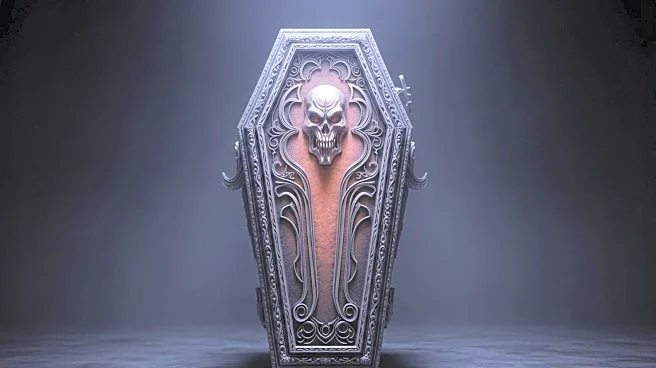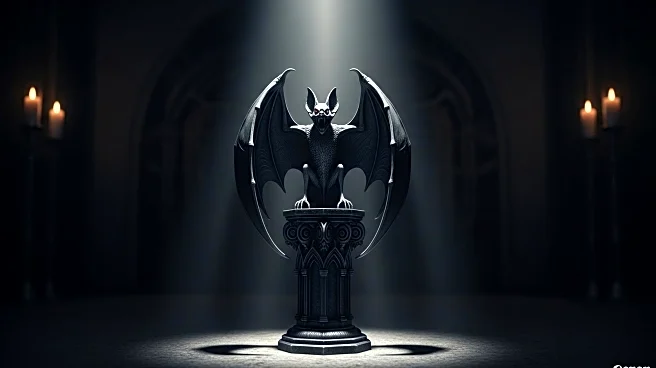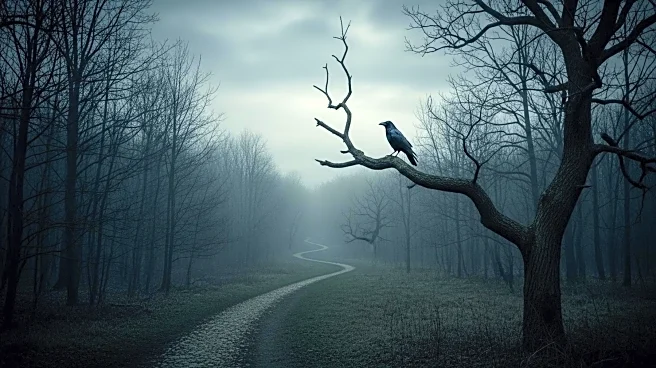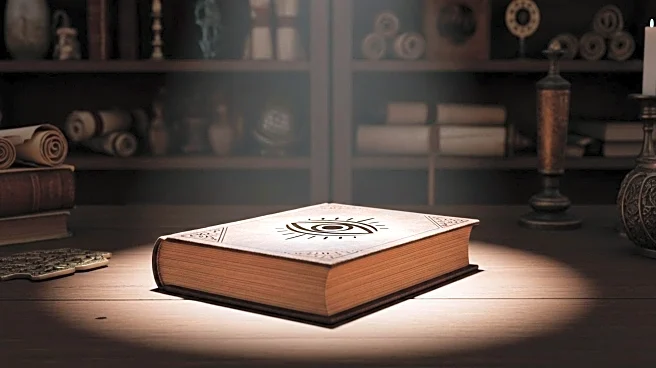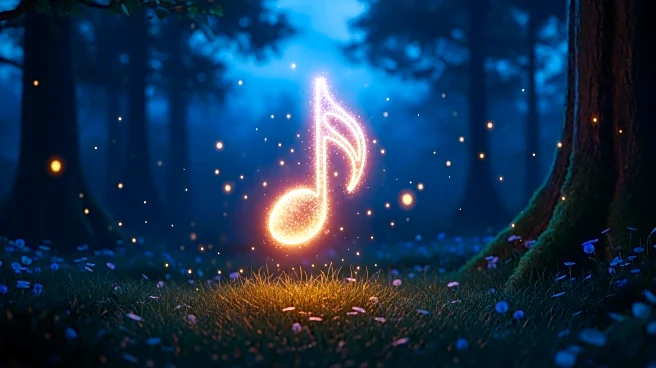What's Happening?
The vampire film 'Queen of the Damned,' released in 2002, initially faced criticism from novelist Anne Rice for deviating from her source material. Despite its poor box office performance, the movie has since developed a cult following. The film features the vampire Lestat, who awakens after a century-long slumber and becomes a rock star, attracting the attention of Jesse Reeves, a researcher from the Talamasca, a secret society of mystics. The narrative unfolds with Lestat's music awakening Akasha, the original vampire, leading to a series of dramatic events. The film is noted for its gothic style, music, and visual appeal, contributing to its enduring popularity among fans of vampire lore and goth culture.
Why It's Important?
The transformation of 'Queen of the Damned' from a box office failure to a cult classic highlights the evolving nature of film reception and the impact of niche audiences. This shift underscores the significance of cultural and stylistic elements in film that resonate with specific communities, such as goth culture. The film's enduring appeal demonstrates the potential for movies to gain popularity over time, despite initial commercial setbacks. This phenomenon can influence future film productions, encouraging filmmakers to explore unique narratives and styles that may not immediately succeed but could find dedicated audiences later.
What's Next?
As 'Queen of the Damned' continues to be celebrated, it may inspire renewed interest in vampire-themed media and adaptations of Anne Rice's works. The film's cult status could lead to increased streaming availability and special screenings, particularly during Halloween. Additionally, the success of niche films like this may encourage studios to invest in projects that cater to specific subcultures, potentially leading to a broader range of creative expressions in cinema.
Beyond the Headlines
The film's journey from criticism to cult status raises questions about the relationship between authors and adaptations of their work. It highlights the tension between creative interpretation and fidelity to source material, a common issue in adaptations. Furthermore, the film's gothic aesthetic and music underscore the importance of cultural identity in media, reflecting broader societal trends in fashion and music during the early 2000s.
